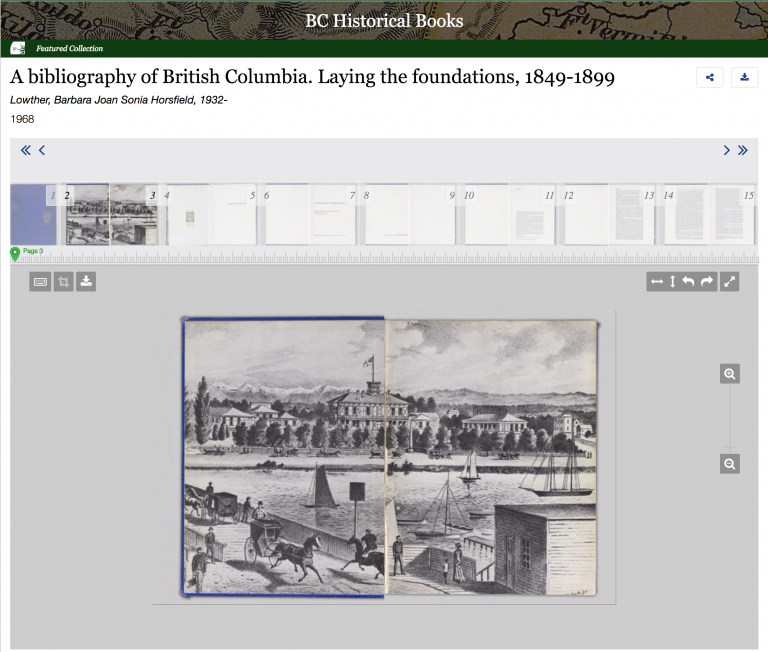
Digital preservation is the process of managing and storing digital assets (image files, audio files, video files and text files) and their associated metadata so that they are guaranteed to be accessible, available and useable in the future. Digital preservation processes apply to assets that were ‘born digital,’ as well as digitized analogue and physical assets.
We spoke to Bronwen Sprout, Head, Digital Programs and Services and Mimi Lam, Librarian, Digital Projects about some of the greatest challenges of digital preservation and how UBC Library is tackling these challenges in strategic ways.
What are some of the biggest challenges UBC Library faces with digital preservation?
In general, format obsolescence (the process of becoming outdated and no longer used), media degradation, planning for long term storage, and resourcing are real or potential digital preservation challenges. Developing expertise in this emerging area is also a challenge, and practically speaking, competing priorities are a challenge for us as well. The sheer volume of material that needs to be preserved is also a challenge — we need to make decisions about what to preserve and then actively manage it, and the volume of material that could be preserved just continues to increase.
How do we overcome these challenges?
Policies and best practices will help us to make those decisions and we are seeking to address these challenges in a variety of ways. We implemented Archivematica, our digital preservation system, several years ago and are continuing to develop expertise in the Library as well as engaging stakeholders across the Library to increase awareness and knowledge of the issues. We are working with Artefactual (the company that develops Archivematica) to streamline our systems environment and pipelines, documenting all workflows and procedures, and assessing our gaps via TRAC self-audit. We also formed a Digital Preservation sub-committee that oversees and provides expertise on the policies and documentation of UBC Library’s Digital Preservation Strategy. Read more about UBC Library’s Digital Preservation Strategy.
How important is metadata in digital preservation?
Metadata is essential for a number of reasons: it is the main way Archivematica understands the package that is being ingested. i.e. metadata is matched up with the objects (such as image files) Creation of the DIP (dissemination information package) for access is entirely reliant on metadata i.e. Our objects are only as good as the metadata that accompanies it because it is via the metadata that our users can search/access our collections. Without robust metadata, objects are not findable whether they are in archival storage or the access system.
Can you share a little about some of the exciting digital preservation projects ongoing at UBC Library?
In the Digitization Centre, one of the things we’re working on is a legacy digital preservation project: BC Historical Books is a multi-year digitization project that has been running since the Digitization Centre opened in 2011. It contains more than 1100 books listed in the multi-volume British Columbia Bibliography. This material is currently being prepared for digital preservation because it is a flagship project and one in which we have invested considerable resources and has a dedicated Metadata Student Assistant and Digital Preservation Student Assistant.
UBC Library’s digital repository, cIRcle, is home to a diverse array of digital content produced by faculty and students, including articles, conference and workshop papers, theses and dissertations, technical reports and working papers, books, datasets, learning objects, and multimedia and audio-visual materials including podcasts and webcasts. Currently, 40,000+ items from cIRcle are being preserved in Archivematica via automated pipelines.
Finally, born digital objects acquired by Rare Books and Special Collections are also being digitally preserved via Archivematica. We are currently undergoing a project to define appraisal, digital forensics, etc. procedures for born digital acquisitions for digital preservation via Archivematica.

A bibliography of British Columbia. Laying the foundations, 1849-1899 from the BC Books project.